The Trump administration’s trade war is proving costly for the auto industry which will wind up paying about $10.6 billion in tariffs – just on autos and auto parts imported from Canada and Mexico – through the end of October, and while they’ve largely absorbed most of those costs, so far, consumers can expect to start seeing more of those tariffs passed on in new vehicle prices in 2026 and beyond, reports Headlight.News.
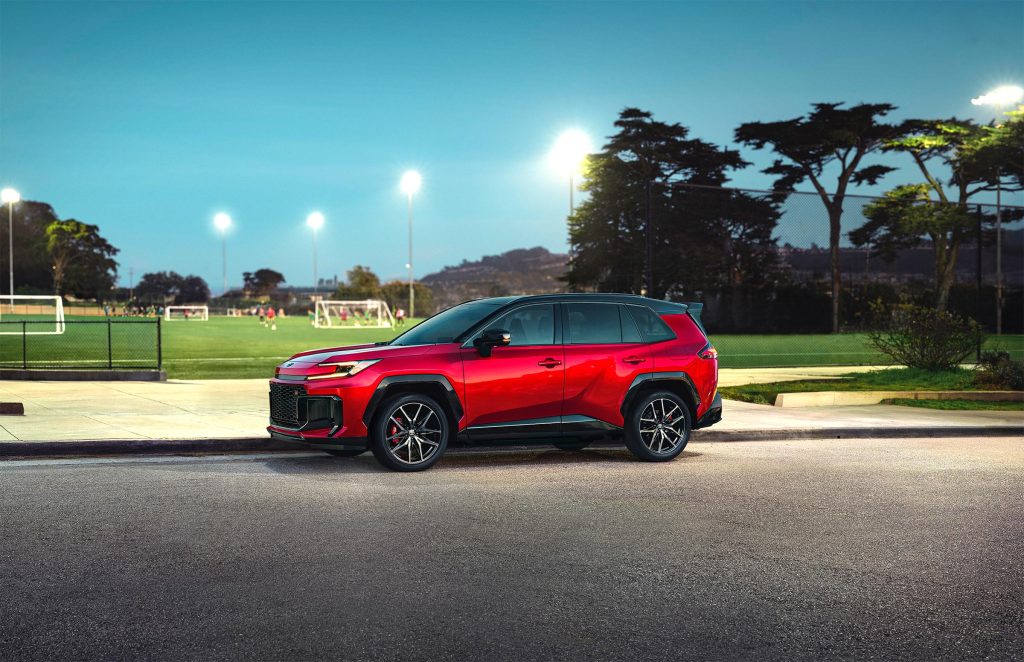
Tariffs on Canadian and Mexican-made vehicles, like this Toyota RAV4, have reached nearly $11 billion.
Automakers are taking a substantial financial hit from the Trump administration’s trade war, with a new study estimating they will have a $10.6 billion tariff bill through the end of October just on autos and auto parts imported from Canada and Mexico, two of the largest U.S. trading partners.
The tally, by Michigan-based Anderson Economic Group, or AEG, only reflects a portion of the tariffs the industry faces, however, as it doesn’t cover goods coming in from Europe, Asia and other parts of the world which are expected to add billions more to the bill.
For the moment, most automakers insist they’re absorbing the cost of tariffs. But experts warn the industry can’t continue to swallow such a bill without passing at least some of the price tag onto consumers – which will likely happen at an increasing pace in 2026 and beyond.
A “confusing mess”
The president made trade one of his top priorities after returning to the White House for a second term in January. But he has launched tariffs in a series of steps, while subsequently reversing or revising a number of those moves. Trump has also indicated additional tariffs could follow. Meanwhile, settlements supposedly worked out with several countries, such as Japan and South Korea, have not been as finalized as claimed.
“It’s a confusing mess,” said one senior Detroit executive when asked to discuss tariffs and the impact they’re having on planning. Several other industry officials echoed that concern, warning that they are finding it difficult to plan ahead due to uncertainty about tariffs.
“We have to make decisions that play out years, and sometimes decades (into the future). And that’s hard to do” when trade policies are unclear and frequently changing. “There are a lot of things we can’t predict,” Rivian CEO RJ Scaringe told Headlight.News during an interview earlier this month.
Canada and Mexico
Canada and Mexico are two of the country’s largest trade partners, especially when it comes to automobiles. Factories in those two nations produce high-volume products such as the Toyota RAV4 and Honda CR-V, as well as the Chevrolet Silverado and Ram 1500. But here’s where Trump tariffs have proven increasingly problematic for the industry.
During the first Trump administration, the trilateral NAFTA trade agreement was updated and renamed the United State-Canada-Mexico Agreement. Vehicles meeting its requirements enter the U.S. duty-free. But there’s an asterisk: manufacturers still must pay tariffs on parts used on those vehicles that don’t qualify under USMCA, such as Japanese-made engines or Taiwanese semiconductors. And not all vehicles and parts produced in Canada meet the standards of the trade agreement in the first place.
As a result, U.S. Census Bureau data showed automakers paid $6.45 billion in duties on autos and auto parts imported from Canada and Mexico through the end of July. AEG estimates the bill has been rising about $1.4 billion per month since then.
Even vehicles covered by USMCA may wind up facing tariffs at some point. The White House has ongoing trade talks with America’s two neighbors and a revised agreement is expected sometime next year, according to various reports, that could reduce or eliminate the current tariff waivers.
More Auto News
- Tariffs Could Drive Budget Buyers Out of New Car Market
- GM Expects $5 Bil Tariff Hit in 2025
- Trade War Making it Difficult for Automakers to Plan, Says Rivian CEO
Consumers will pay (eventually)
So far, manufacturers have, on the whole, claimed to be absorbing the tariff costs. While the price of th new Kia Sportage is up as much as $1,300, marketing chief Russell Wager told Headlight.News that reflects only new content for 2026, and not higher tariff costs. But industry analysts are skeptical. Automakers may have held back for now, but they can’t do that indefinitely.
“There is no way for $10 billion to absorbed by the automakers and suppliers alone,” said Patrick Anderson, CEO of Anderson Economic Group, in a statement. “C
onsumers and workers are going to bear some of these costs.”
A previous study by AEG estimated the typical SUV sold in the U.S. will face about $2,000 in added tariff costs.
In some cases, automakers are simply hiding tariff costs, suggested Stephanie Brinley, principal auto analyst with S&P Global Mobility. They may change model designations or, in some cases, remove content to avoid raising prices.
“You won’t see a line item for tariffs” on the Munroney window sticker found in every vehicle, said Brinley, but she expects that, as we get into the 2026 model year and beyond, consumers will find themselves paying more for new vehicles. And that includes not just imports but models assembled in the U.S. since they all use at least some foreign-made parts and components.

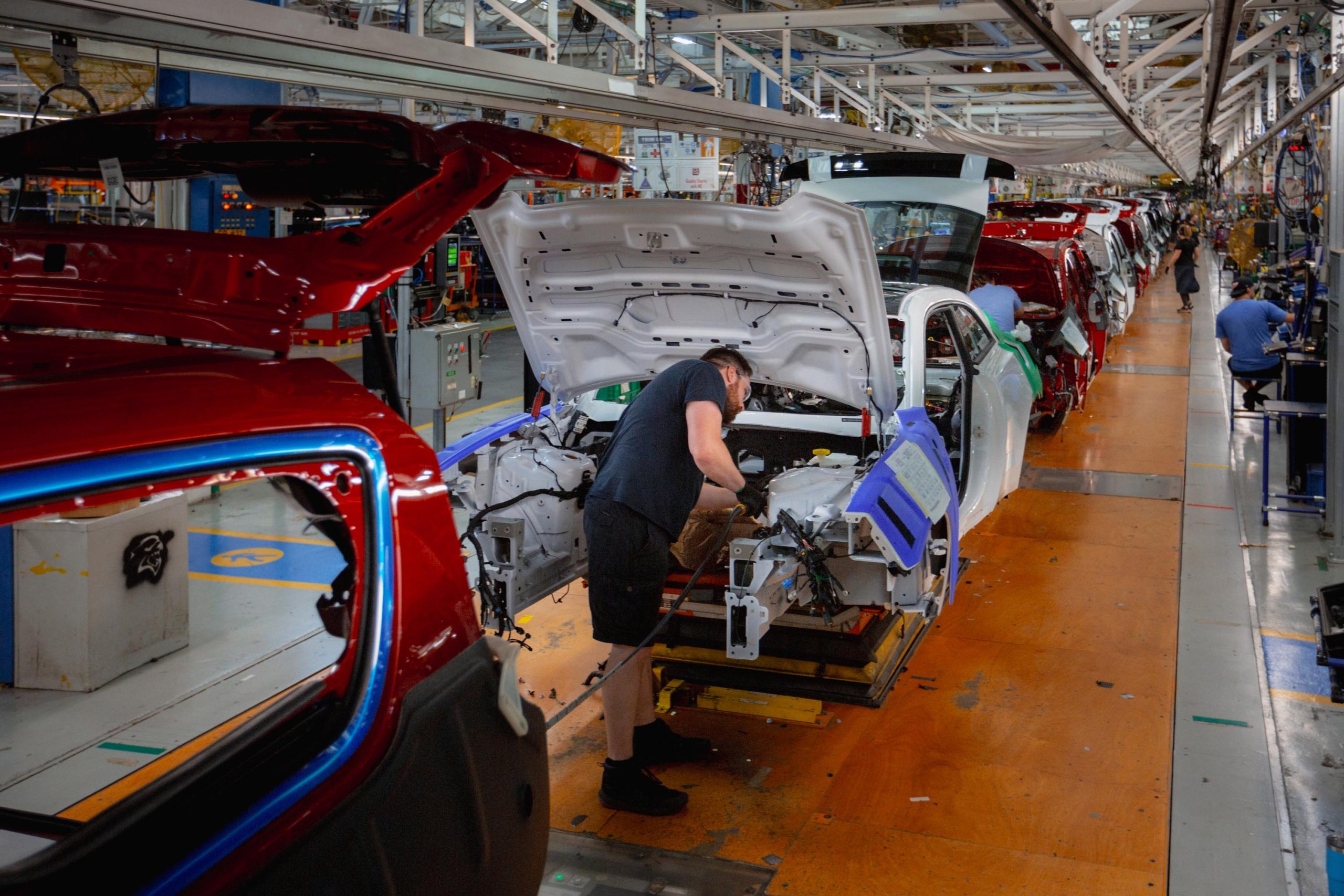

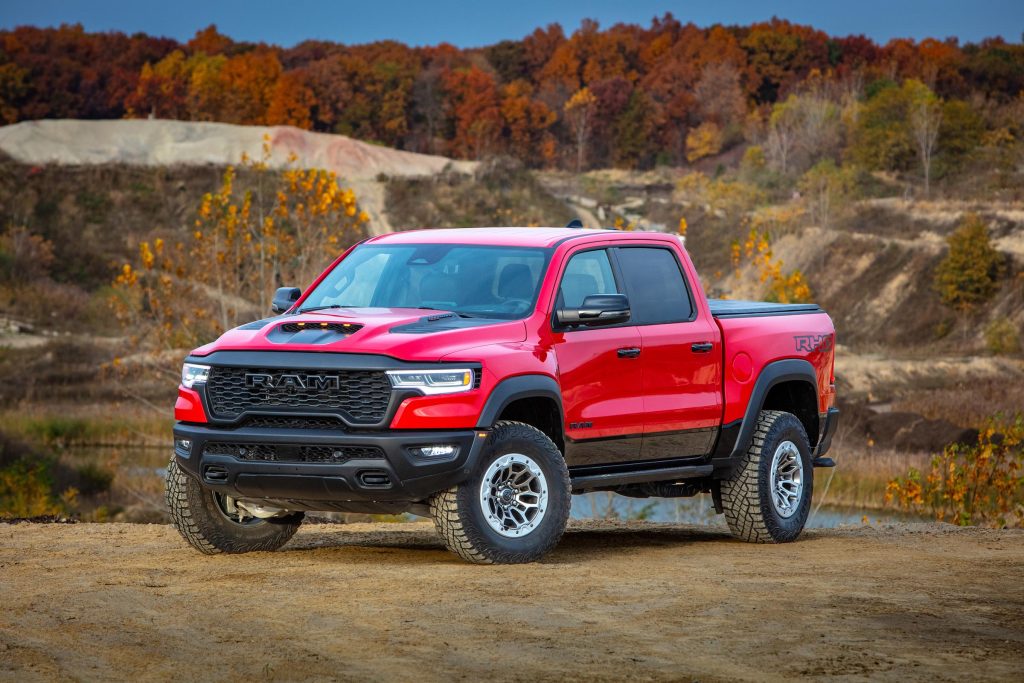
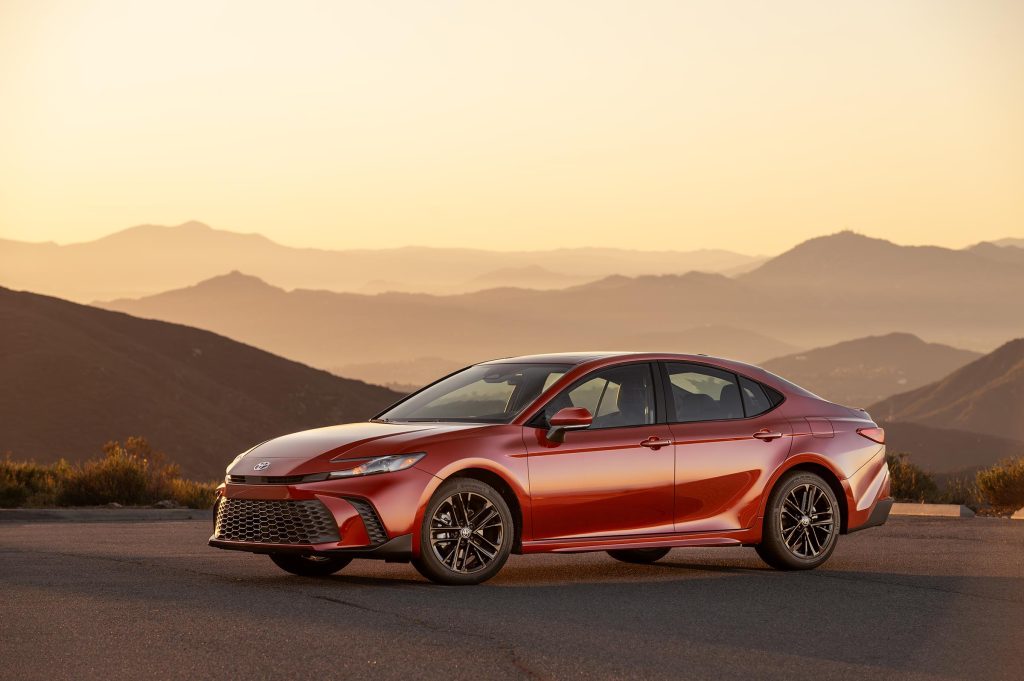
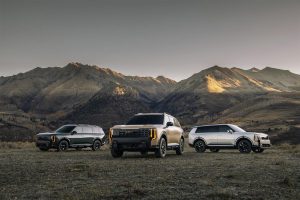
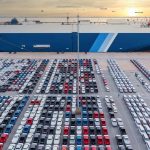


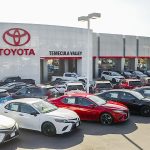
0 Comments